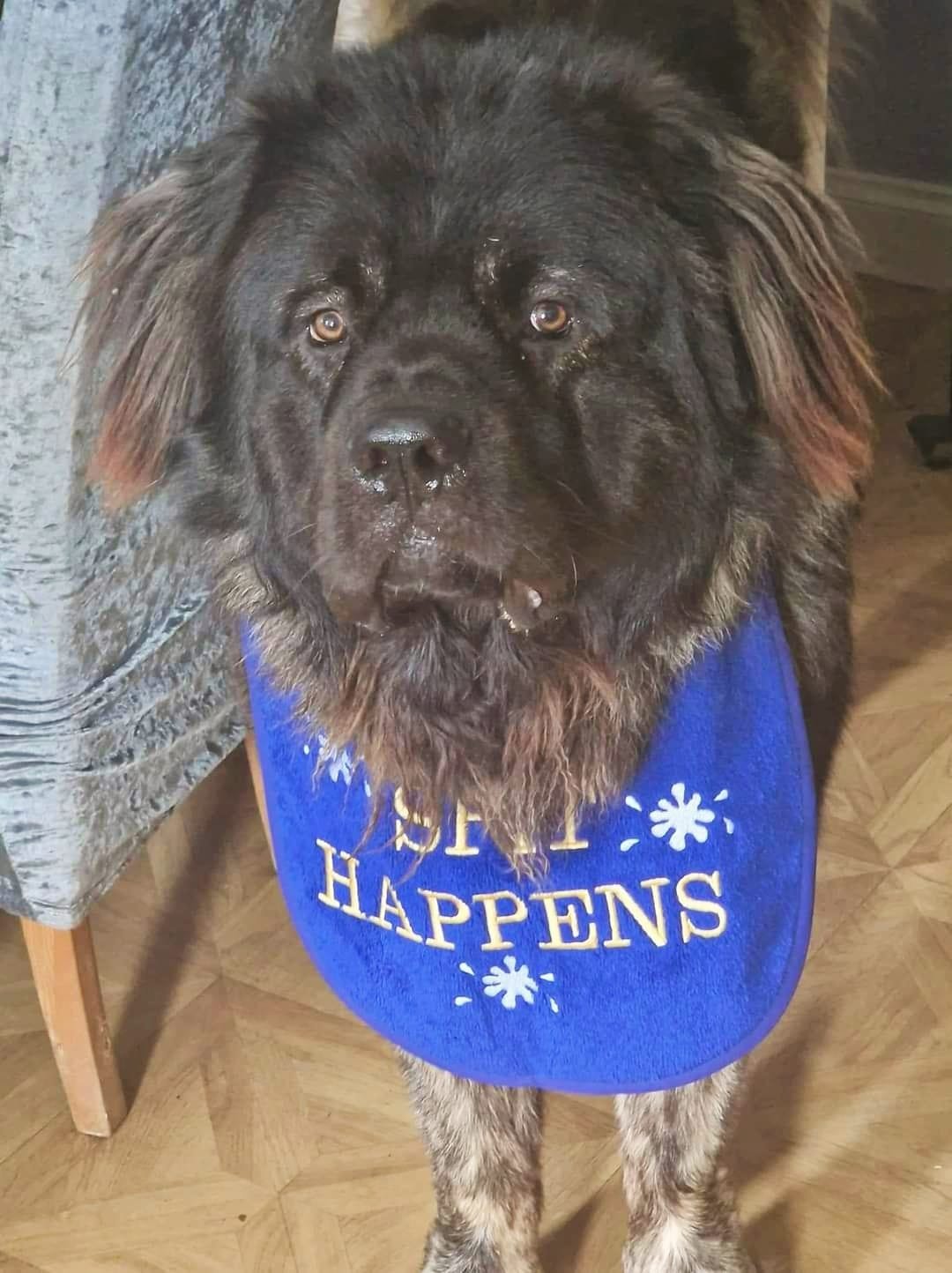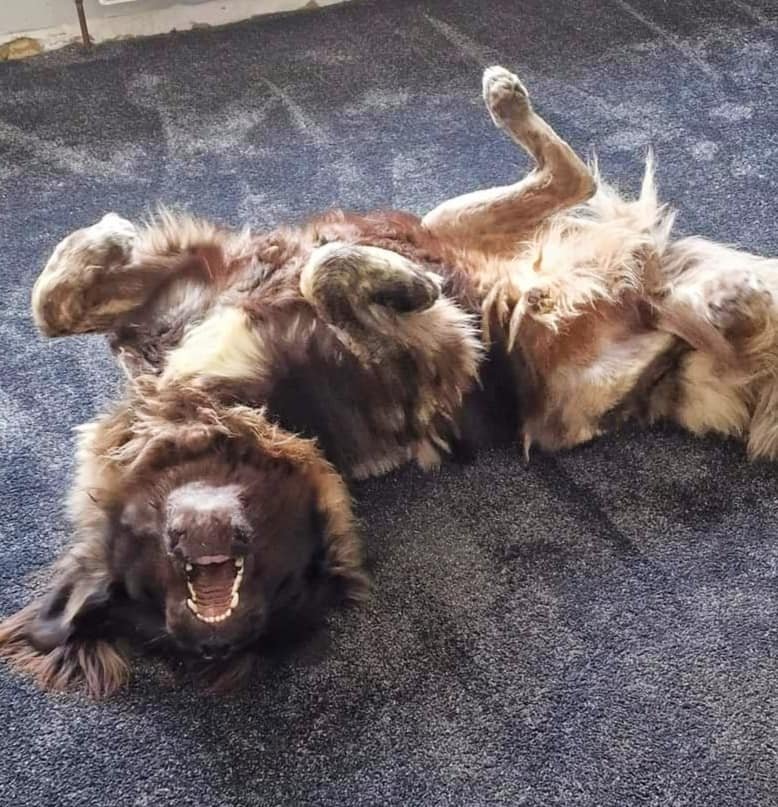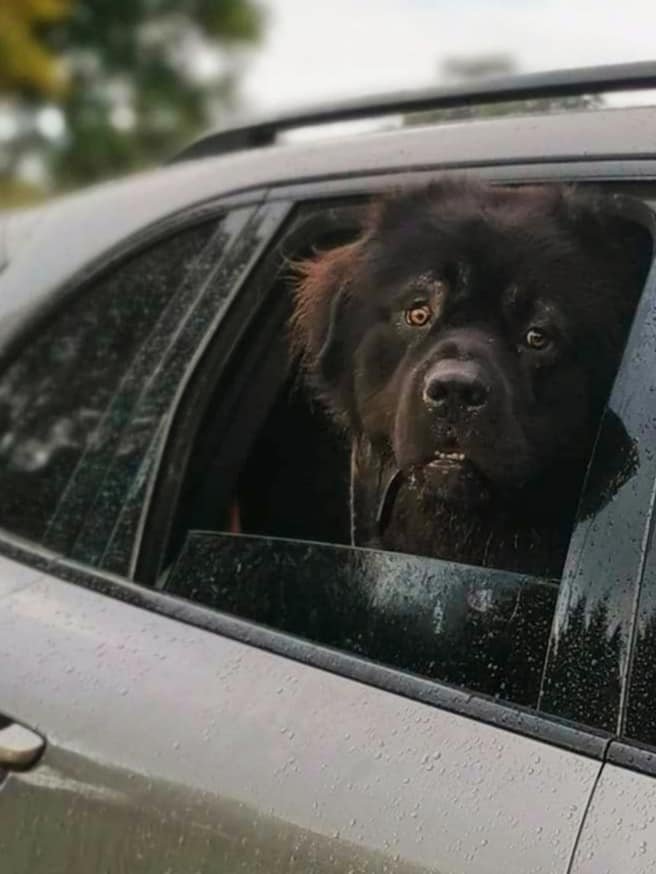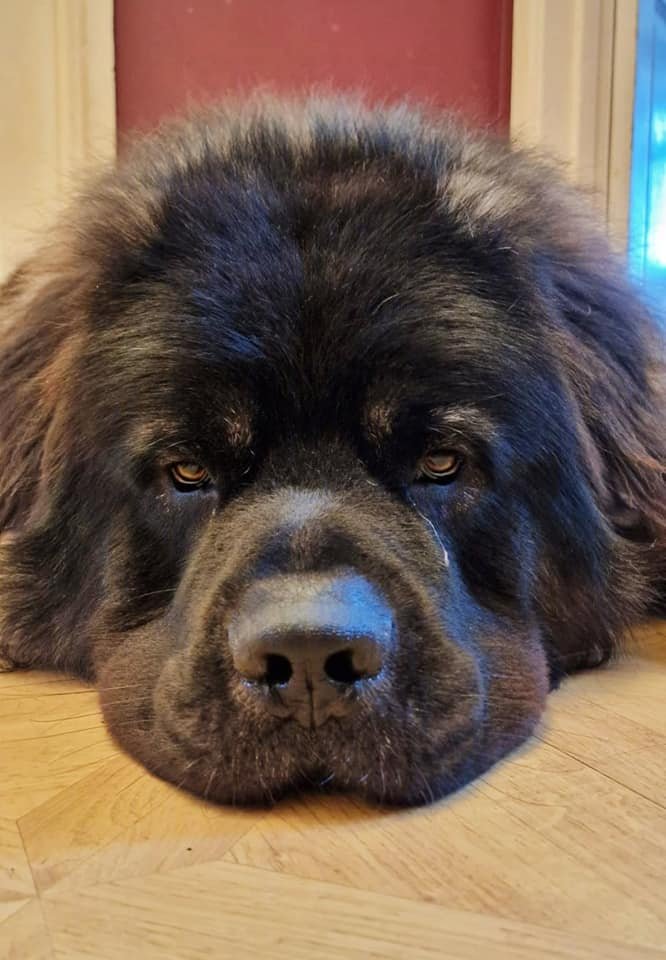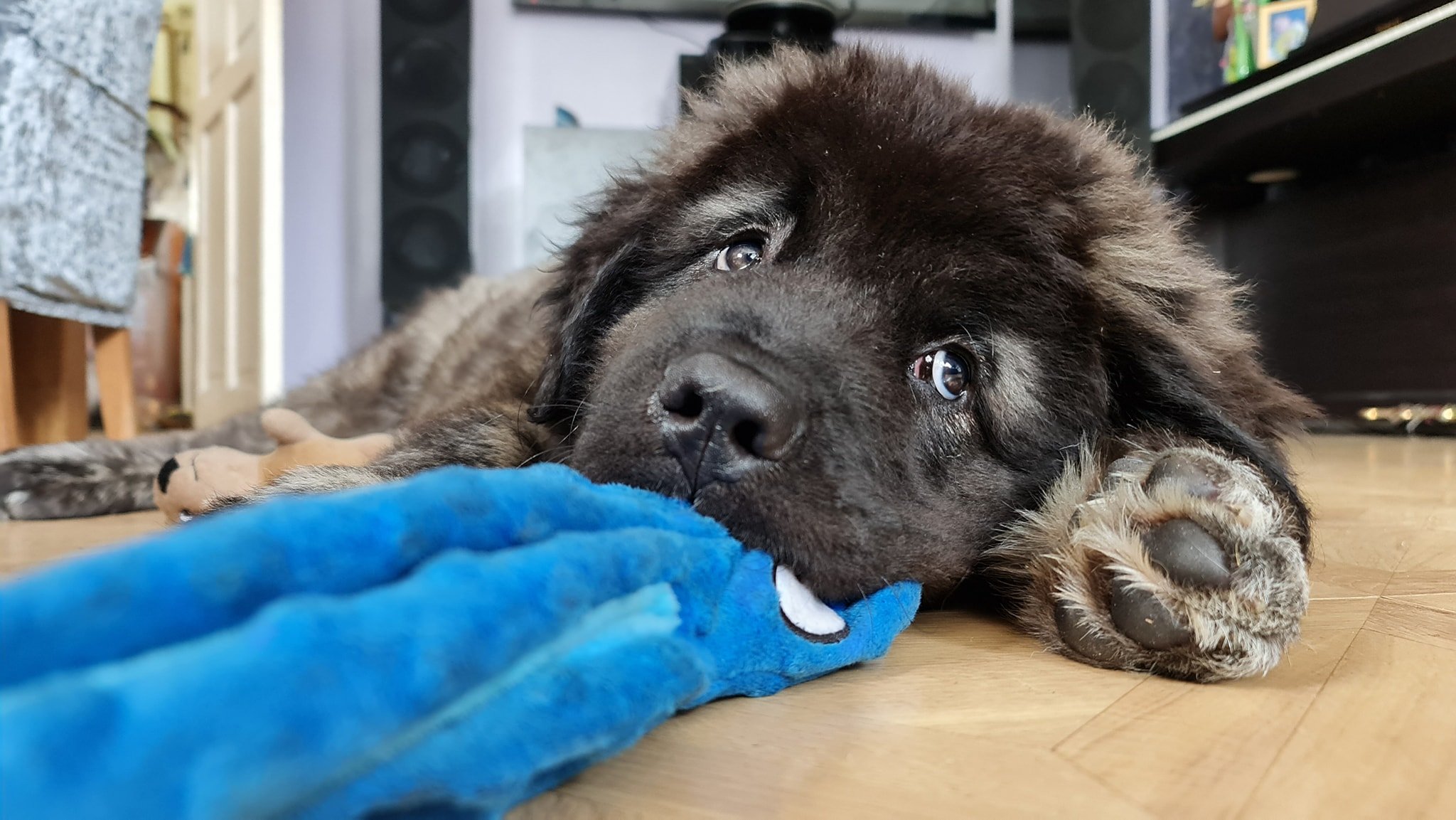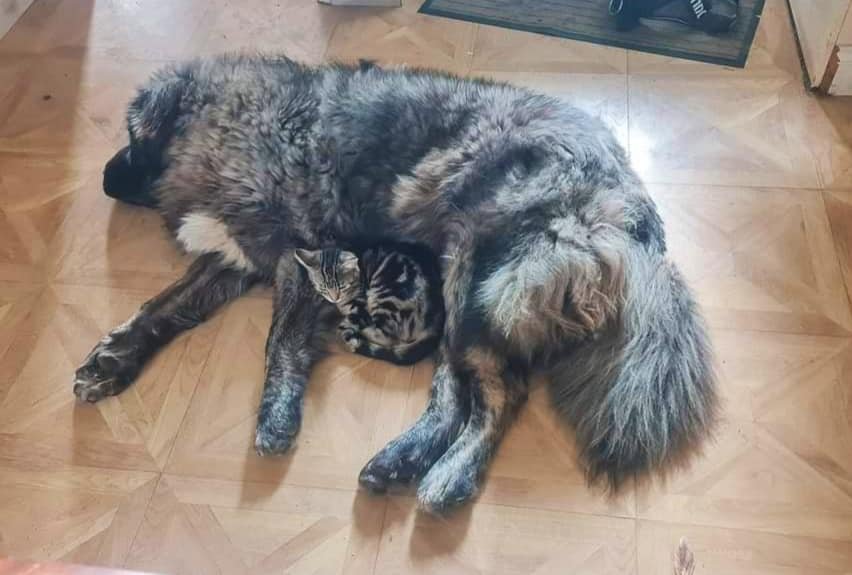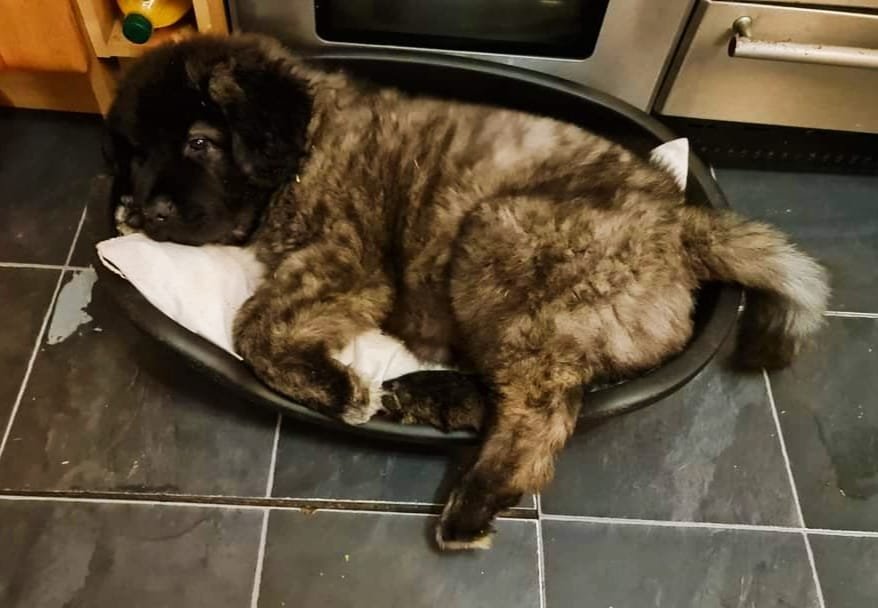Caucasion Ovcharka (shepherd)
HODOR at our Dog Friendly Dorset play dates
Introduction:
The Caucasian Shepherd's history is a bit of a mystery but what is known is they are descendants of ancient breeds. There is archaeological evidence recently discovered that indicates the breed might have its origins in Mesopotamia although some experts believe these dogs were first bred in Tibet and were then introduced to the Caucasus over time.
There are those who claim these dogs are the descendants of wolves found in the Caucasus but with all the legends and beliefs of how the breed came about what is known is that the Caucasian Shepherd Dog has helped herdsmen and shepherds guard their flocks against large predators for centuries in mountainous regions.
Interesting facts about the breed
· The Caucasian Shepherd is not a vulnerable breed, they have found a big fan base in many countries of the world including the UK with the breed being ranked 93 out 238 other breeds on the Pets4homes website
· They have always been highly prized in their native lands for their guarding and defending abilities
· When threatened a Caucasian will fight till the death to defend the things they protect
· Caucasian dogs are among some of the largest in the world
· They are powerful and strong enough to fight off bears when protecting herds and flocks of livestock
Keywords: Stubborn, Intelligent, Guardian, Stubborn (they really are !), Protective, Require Domination,
Traits:- Caucasian shepherds generally have a very watchful and protective personality. Their breeding as a guardian plays a huge role in their temperament. They are typically wary of strangers but are devoted to their family.
Affection Level Medium
Friendliness Low, disinterested
Kid-Friendly Medium
Having fun at our Dorset Dogs Day!
Pet-Friendly Low
Exercise Needs Medium
Playfulness Low
Energy Level Medium
Trainability Medium
Intelligence High
Tendency to Bark Low
Amount of Shedding High
Exercise:
Caucasian shepherds don't need an excessive amount of exercise, but they do require early and consistent training and socialisation. Their grooming is fairly straightforward but can be a time commitment due to their large size. At least an hour of exercise per day via walks, romping around a yard, hikes, playing fetch, and other activities. Puzzle toys can help to burn some mental energy, as well. While this isn’t a high-energy breed, it still tends to have good endurance if you like taking long walks or hikes.
Health:
Overall, the Caucasian shepherd is a generally healthy breed, but it is prone to some hereditary health issues1, including:
Entropion (eyelids rolling too far inward)
Caucasian Shepherd dogs have always been highly regarded as excellent watchdogs and were used to guard not only property but large flocks of livestock in challenging conditions and over difficult terrains. Their protectiveness and devotion to defending their owners and flocks is legendary.
At one time the breed was so popular and highly prized that the former Soviet authorities established state kennels where dogs were bred to guard government facilities and factories through the country. In America the breed found favour with the army for being such reliable and trustworthy dogs and as a result they were used in the field as service dogs.
Although relatively unknown here in the UK more people are showing an interest in the breed thanks to their extremely large size and the many images of Caucasian Shepherds with their owners appearing on the Internet. The breed was recognised by The United Kennel Club of America in 1995 and they are now a recognised American Kennel Club breed but these handsome noble dogs are not yet recognised as a breed by The Kennel Club here in the UK (November 2022).
Unlike most guardian breeds the CO tends to “think before action” but once engaged is hard to remove, they don’t ever back away or show any signs of fear when triggered and will continue to move forward despite any potential distractions or dangers.
They are incredibly stubborn to train, they learn quickly but decide not to do it again and no amount of treats or encouragement will get them to do so. When returning from walks they are known to just lay down and not move if they are not ready to return, and will stay put until caried or taken in a different direction this can cause many additional miles of walking until they deem it appropriate to return, (this is once they become to heavy to carry home (after about 7 months)).
Average life expectancy: 10 – 12 years
Average weight: 55kgs – 100Kgs Male, 55kgs – 90kgs Female
Height Male:70 - 90cm Female: 65 - 75cm
Ups of breed: Protective, Loyal, Companionship, funny, just to watch and the snoring its soo loud it makes you laugh even when its waking you up in the middle of the night.
Downs of breed: Prefer to be outside, Not particularly Cuddly (to owners But loves other people(when socialised properly)), The Drawl, it goes everywhere!, the mud, mopping floors 3x daily and wiping the walls and doors, but its only really clean until the dog walks in again especially in the wetter seasons.
Feeding: Giant breeds need, lower protein in early stages to stop over development, and maintain a low and slow bone growth to prevent longer term issues. Hodor was fed Raw from 6 weeks and started of a 1kg a day including vegetables and meats, goats milk, and other goodies. He now has between 2.5 and 3.5 kgs a day of meats and bones plus veg, milk and other goodies.
Feeding / vets costs Feeding costs are somewhere between £70 - £110 per week depending on food available, whole game such as Rabbit, Hare etc are great for the dogs but come at a cost of Circa £10 per kgs, when added too 1.5kgs of mince racks of lamb, turkey necks, carcasses, the weekly bill does escalate quite quickly, however so good for the dogs it’s a good thing to give them just not always daily. Vets you have to remember most medication is done by weight, have a 70+kg dogs means you rarely get medication for under £100 per item. So if your vets do “health plans” they usually class large / giant breeds over 45/50kgs which means you can gain a little for typical type things such as vaccinations, worming and flea treatments etc.
Puppy Hodor
Grooming
The Caucasian Shepherd is high maintenance when it comes to keeping their coats looking good and tangle-free. They boast having a profuse double coat and they shed a tremendous amount during the Spring and then again in the Autumn when more frequent grooming is an absolute necessity. However during the rest of the year although they shed it is much less so but they still need to be brushed frequently to stay on top of things especially as these are such large dogs. The good news is that Caucasian Shepherds do not need any sort of specialist grooming.
It's also important to check a dog's ears on a regular basis and to clean them when necessary. If too much wax builds up in a dog's ears it can lead to a painful infection which can be hard to clear up. In short prevention is often easier than cure when it comes to ear infections.
When it comes to their coat the Caucasian Shepherd Dog boasts a double coat that consists of a long coarse outer coat and a much thicker denser and softer undercoat. The hair on a dog's muzzle their forehead and the front of their legs is smooth and short. However hair is longer on their cheeks and on the back of their heads where it stands away from the body which adds to the breed's almost bear-like looks.
Why you will never have another breed again: I will have another breed, I will definitely have a great swiss mountain dog again (along with a Caucasian Shepherd), as soon as we have a little bit more space. The Ovcharka though is a really heart warming breed mainly do to its lack of needing you they are more cat like in terms of coming in for feeding and then going back out to work.
Comparison to other breeds: There are many other breeds that are related to the Caucasian Ovcharka. Some of these include the Armenian Gampr dog, the Georgian Shepherd, and the Kars Dog of Turkey. There are also several variants of the Caucasian Ovcharka, including the Astrakhan type, the Circassian sheepdog, the Circassian mountain dog, and Dagestan dogs. Many of these dogs are also Molossers or mountain dogs.
Personal Stories
I read about Caucasian Ovcharka’s for over 5 years before owning one, and having had giant / large breeds all my life, They are definitely not for first time dog owners (if you had one of these as your first dog I doubt you’d ever have a dog again!), the early months are a mix of joy, terror, bandages, and trips to the DIY shop. Hodor grew like you would not believe, averaging between 1.5 and 3kg growth a week going from 8.9kgs at just 6 weeks old to over 45kgs at 26 weeks, now at 72kgs @ 21months. He’s 33inches to his withers and still growing and still gaining weight albeit much slower than those first few months.
Socialisation has been (and is with any dog) been a major factor before any jabs I used to take him out wrapped in my coat to the shops to meet people and round friends and families with pets so e could play and learn, as it stands now he loves everybody and every dog (and Cat) that we meet on our walks, usually for more loving outward than that he receives back in most cases. He is allowed on the sofa’s and beds but chooses not to (much to our disgust). He’s not a particularly affectionate dog to us in the home, but if he sees one of us out while the other is walking then he’s very affectionate, and he’s very affectionate to everyone he meets with kisses and nuzzles (which annoys us even more), however when we come home he’s always waiting to greet us and is very loving then but as always returns back to the garden to “watch” for the meanie foxes that steal his food (sometimes from right under his nose while he sleeps out there!
As most that have met him will attest, he is a very big dog, its not just the height but with width that goes with it and he’ll continue to grow until 3.5 -4 years of age. Hopefully his mind will mature in that time too. He thinks nothing of running in to the living room and taking a flying leap at me on the sofa, which all sounds great until you imagine an 11stone rugby player taking a flying leap at you while you’re trying to drink a cup of tea, to be fair to him once he’s landed he quickly gets off and then take you by the fingers or toes out of the room to show you that his bowl is empty or he wants a walk sometimes he grabs your shoes by the laces and comes in swinging them from side to side at about 20mph (remember this ends up being around a 3 foot circular motion which you have to duck or jump out of the way of), but hysterical nonetheless.
We also got a kitten when he was 8 months old, Kahlisee, whom he absolute adores and immediately started sharing his food with her, he is so loving to her and her him, they also have the best playtimes in the garden taking it in terms to chase each other, nothing funnier than seeing an 11stone dog running away from a 2kilo cat.
Hodor being our first CO will definitely not be the last, as these first 2 years have flown by and despite us looking like a discarded body from the Saw movies for the first 6 months you tend to forget that pretty quickly when you see just how lovely he is despite the puppy still being ever present at this stage.
written by Steve Loe



